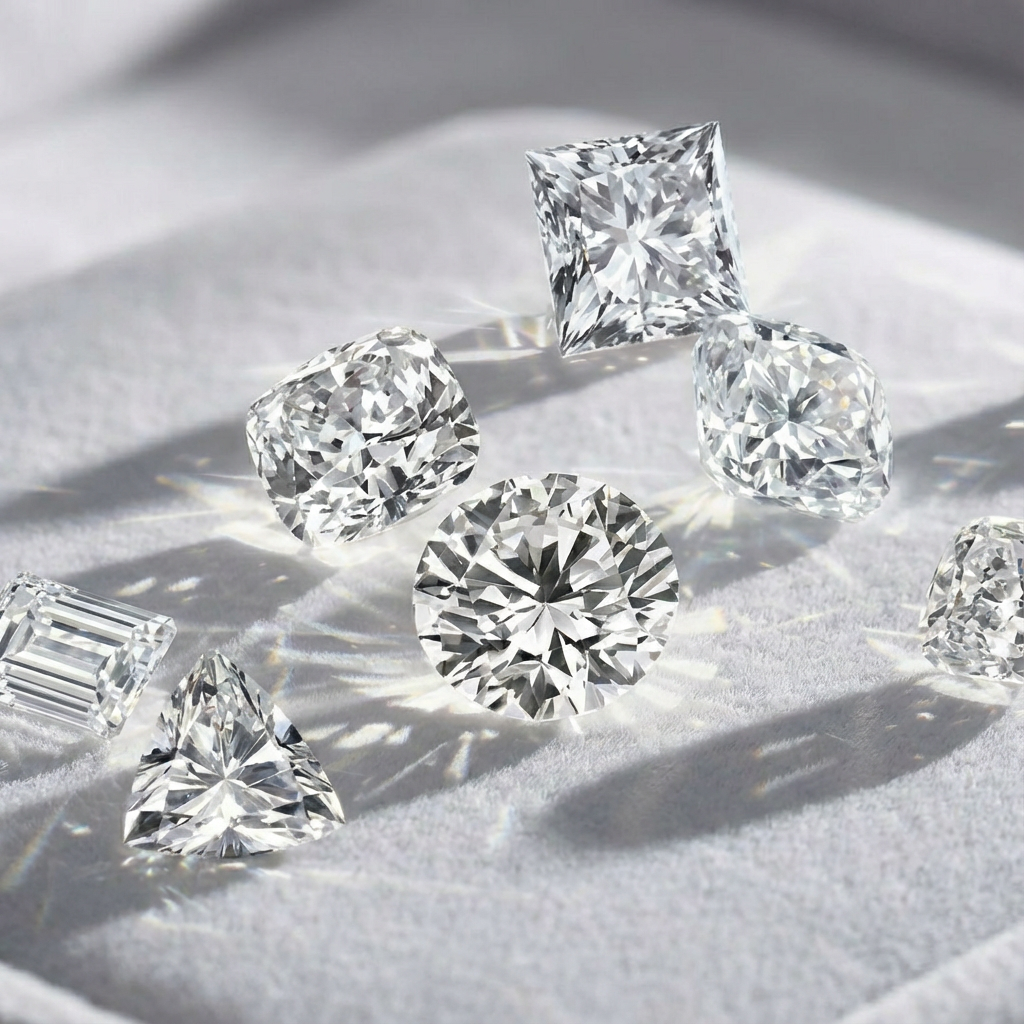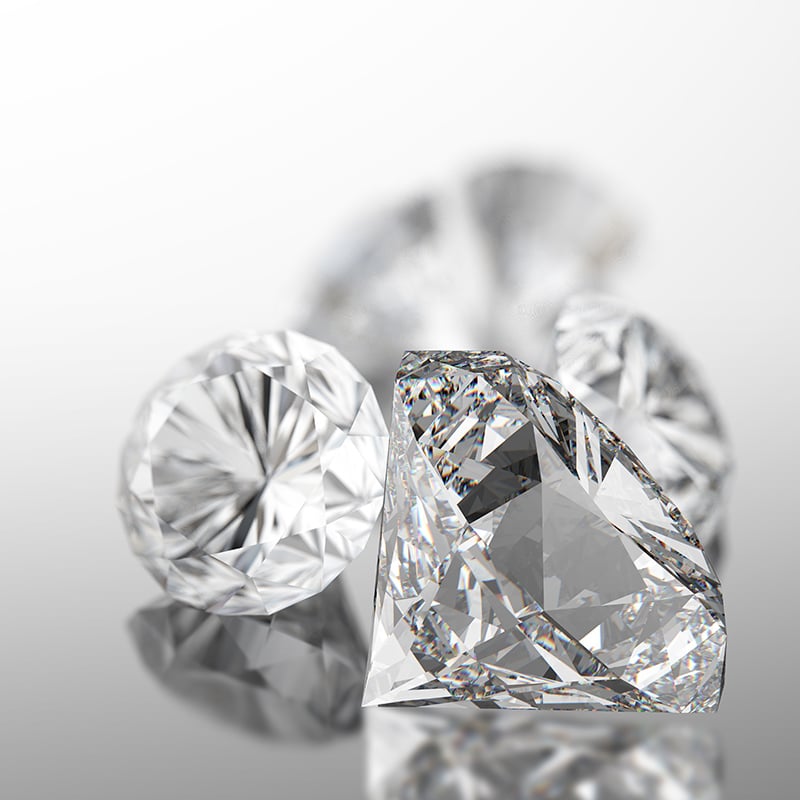In the previous blog, we learned about opal's distinction as one of October's birthstones. Often called the "Queen of Gems," opals contain microscopic structures that produce brilliant plays of color. Today, we will continue the exploration of this mesmerizing gemstone. Join us as we delve deeper into opal's stunning optical secrets. Discover with SHE·SAID·YES why opals' rainbow flashes have enthralled for centuries!
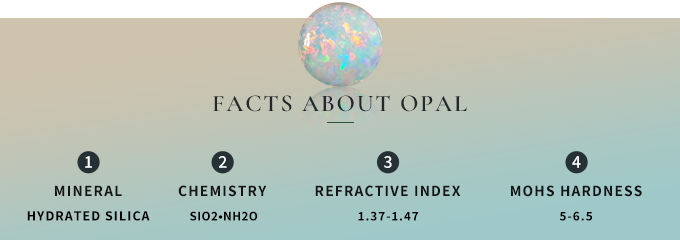
Overview
Opals possess a fascinating optical property – their ability to display differing colors. This phenomenon arises from the disordered arrangement of silica spheres within. Commonly, most opals exhibit shades of white, black, or grey. Yet, like pearls renowned for their rainbow hues, opals also carry a miraculous multicolored luster. No two stones are ever completely alike, actively making each opal singularly unique in its own right. Originating from individual internal structures, no two opals have the exact same mesmerizing hue variations.
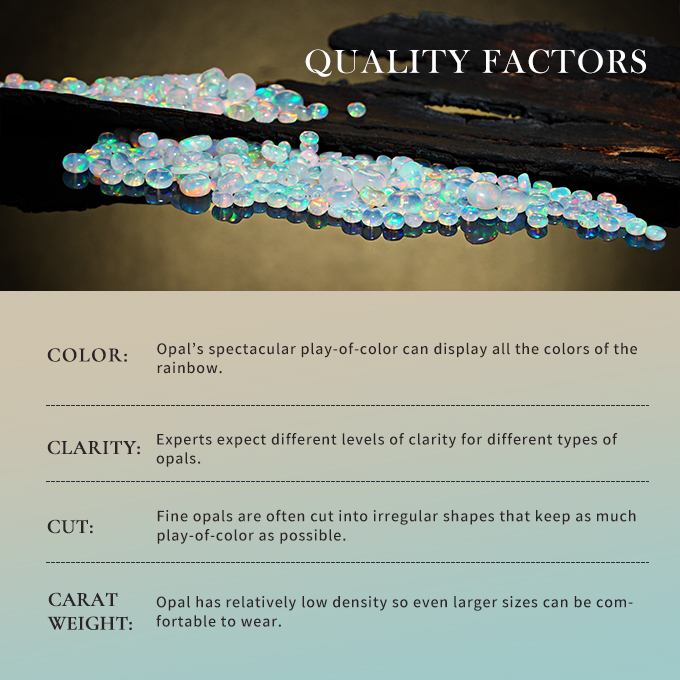
Origin
Some of the most famous opal deposits are notably found in Australia, especially in the state of South Australia. Critically, the light and dark areas taking form inside Australian opals arise from the differing densities of silica contained therein. This results in a spectacular natural phenomenon known as opalescence. Elsewhere, significant sources also exist in Mexico, Ethiopia, and the United States. Each location nurtures its own supply to delight gem aficionados with opal’s mystifying play of color.
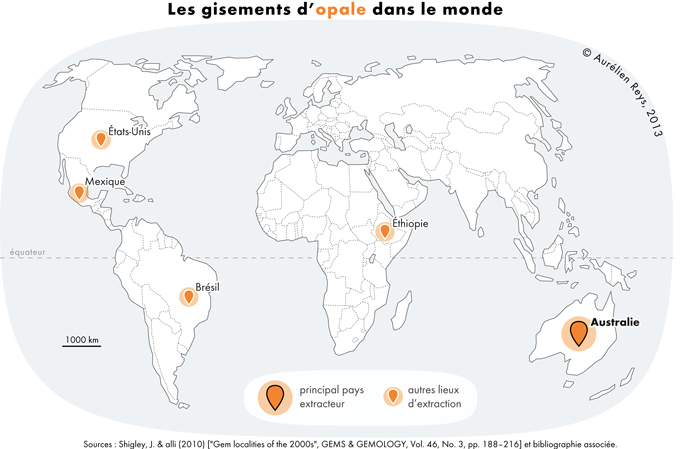
Classes of Opal
There are different classes of opal based on opalescence amounts and types. Precious opal passionately exhibits an apparent chromatic performance and further disjoins into dark-backed obsidian opal versus lighter-toned pearl opal. In contrast, common opal lacks discernible color-play but has commercial applications. Then, fire opal passionately appears in orange to red colorations and treasures for distinguishing chromatic traits. Beyond, boulder opal and hyalite opal distinguish themselves by auxiliary geological origins.
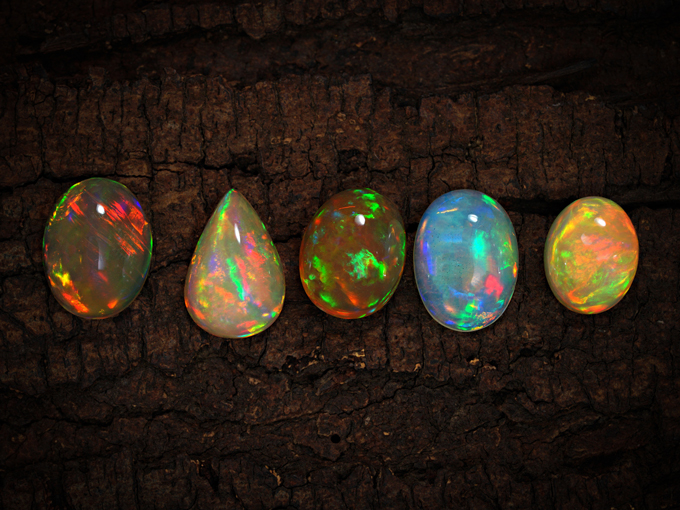
Care Instruction for Opal
Being a hydrated silica form, opal comparatively softens between 5.5 to 6.5 on the Mohs hardness scale. Therefore, opal necessarily requires careful handling and maintenance to keep its brilliance over time. Firstly, it should avoid exposure to chemicals, heat, and sudden temperature changes, which can potentially damage the stone. Secondly, gentle cleaning with mild soap and water is recommended. Besides, when storing opals for long periods, ensure they remain dry in closed boxes. With proper care and precautions, opals will maintain their one-of-a-kind multicolored beauty for many years.

